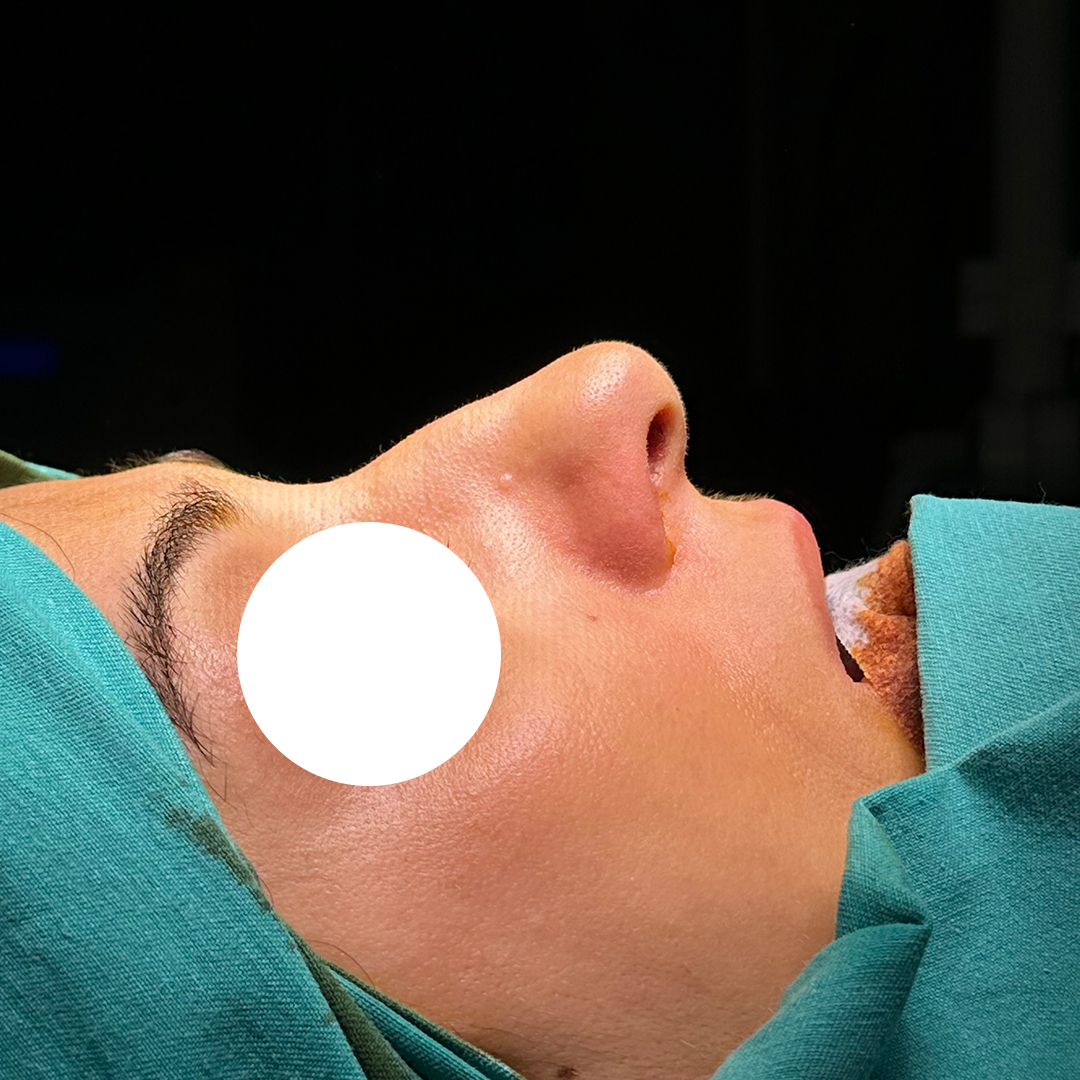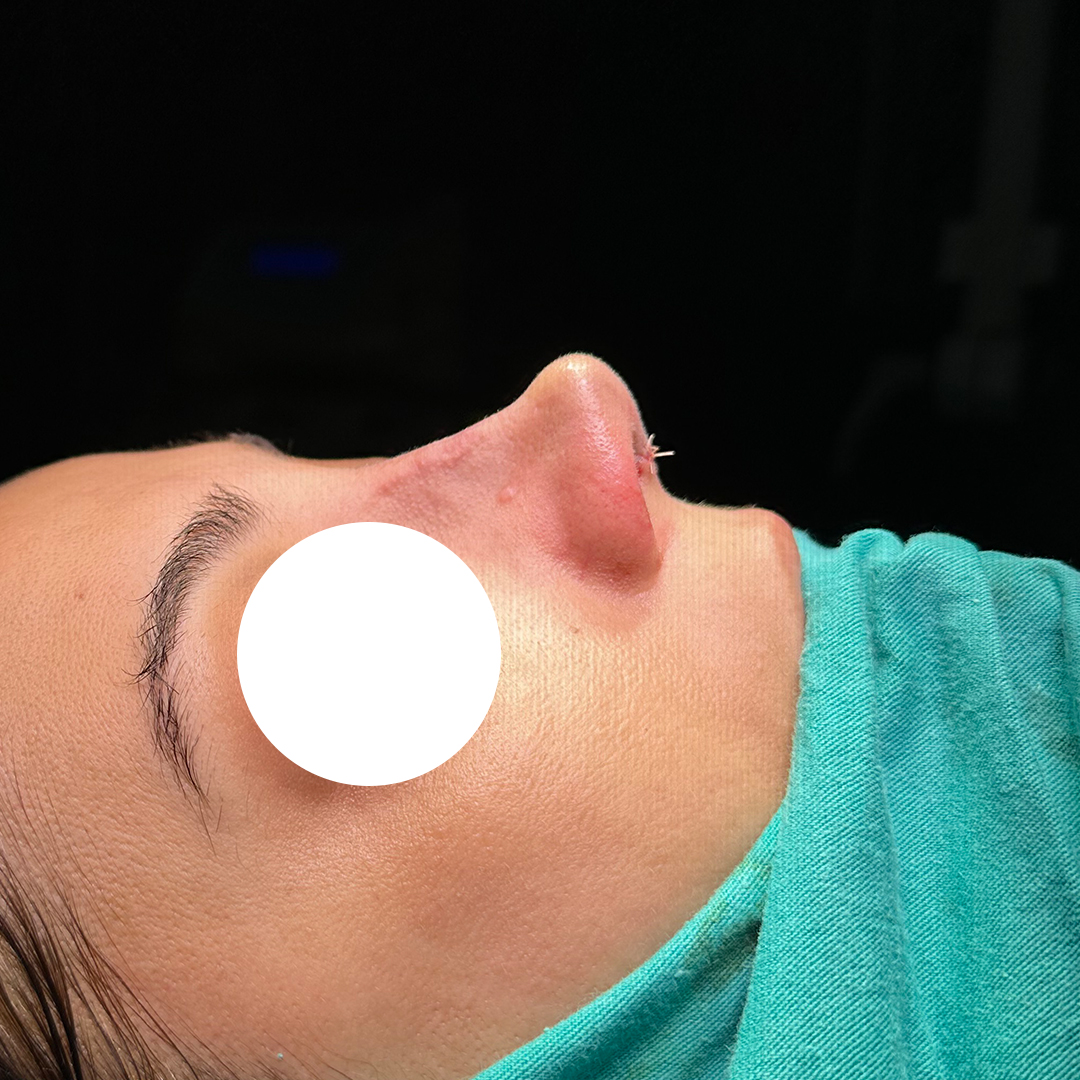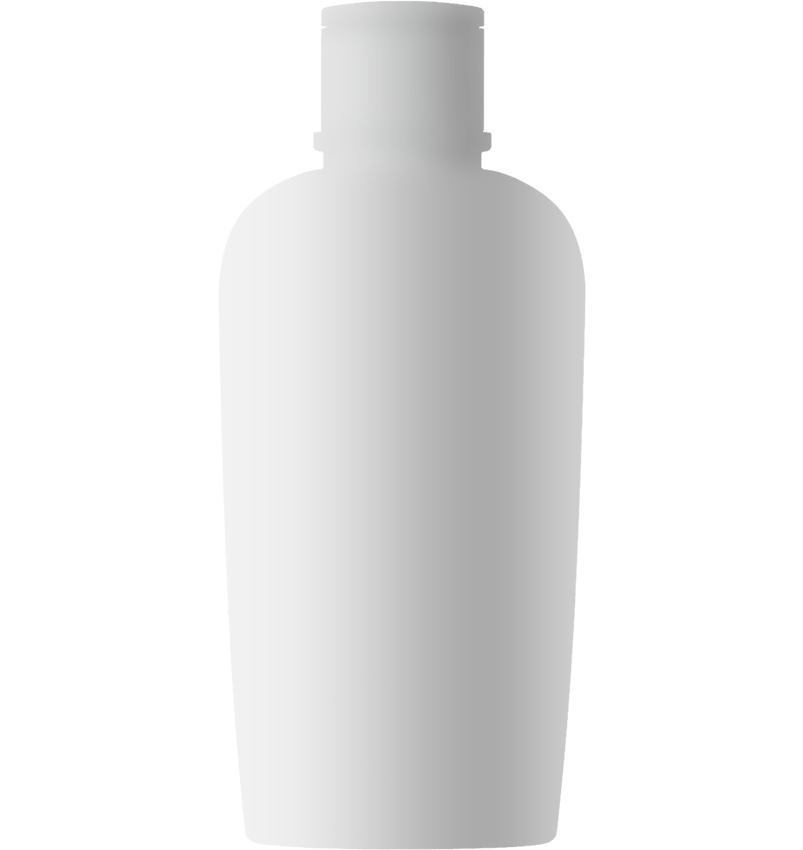What is Tipplasty? Everything You Need to Know
When it comes to cosmetic surgery, precision is everything. Tipplasty, a specialized procedure focusing exclusively on the nasal tip, is the perfect solution for individuals seeking subtle yet transformative enhancements. Unlike full rhinoplasty, tipplasty hones in on reshaping the nasal tip for improved aesthetics and functionality, offering patients a targeted and less invasive option.
Whether you’re unhappy with the shape, size, or position of your nasal tip, or need a solution to minor irregularities, tipplasty provides a tailored approach that delivers natural, harmonious results
Why Choose Tipplasty? Key Benefits at a Glance
Tipplasty focuses exclusively on enhancing the nasal tip, which plays a significant role in defining your facial profile. Here’s what this procedure can achieve:
- Enhanced Definition: Refines the nasal tip for a symmetrical, balanced look.
- Angle Adjustments: Corrects the tip’s angle to align seamlessly with facial features.
- Size Reduction: Creates a more proportionate nasal tip to suit your face.
- Shape Correction: Addresses bulbous or drooping tips for a more elegant appearance.
- Improved Projection: Enhances tip projection and rotation for better overall harmony.
Tipplasty is also effective in addressing congenital deformities or minor asymmetries, making it both a cosmetic and functional solution.







